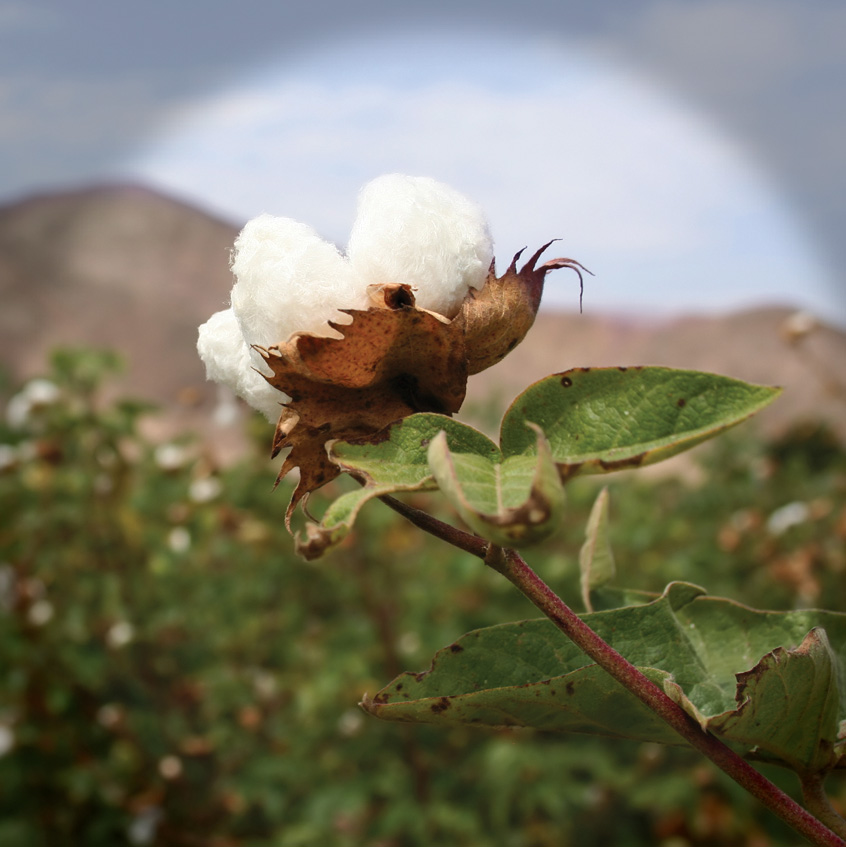BLUE JEAN BLUES
If you bought a pair of blue jeans in 2011, you may have been shocked at the price. Or maybe not: fashions change, and maybe you thought you were paying the price for being fashionable. But you weren’t—you were paying for cotton. Jeans are made of denim, which is a particular weave of cotton, and by December 2010, the price of a pound of cotton had hit a 140-year high, the highest cotton price since records began in 1870.
And why were cotton prices so high?
On one side, demand for clothing of all kinds was surging. In 2008–2009, as the world struggled with the effects of a financial crisis, nervous consumers cut back on clothing purchases. But by 2010, with the worst apparently over, buyers were back in force. On the supply side, Pakistan, the world’s fourth-largest cotton producer, was hit by devastating floods that put one-fifth of the country underwater and virtually destroyed its cotton crop.
Fearing that consumers had limited tolerance for large increases in the price of cotton clothing, apparel makers began scrambling to find ways to reduce costs. They adopted changes like smaller buttons, cheaper linings, and—yes—polyester, doubting that consumers would be willing to pay more for cotton goods. In fact, some experts on the cotton market warned that the sky-high prices of cotton in 2010–2011 might lead to a permanent shift in tastes, with consumers becoming more willing to wear synthetics even when cotton prices came down.
At the same time, it was not all bad news for everyone connected with the cotton trade. In the United States, cotton producers had not been hit by bad weather and were relishing the higher prices. American farmers responded to sky-high cotton prices by sharply increasing the acreage devoted to the crop. None of this was enough, however, to produce immediate price relief.
Wait a minute: how, exactly, does flooding in Pakistan translate into higher jeans prices and more polyester in your T-shirts? It’s a matter of supply and demand—but what does that mean? Many people use “supply and demand” as a sort of catchphrase to mean “the laws of the marketplace at work.” To economists, however, the concept of supply and demand has a precise meaning: it is a model of how a market behaves.
In this section, we lay out the pieces that make up the supply and demand model, put them together, and show how this model can be used to understand how many—but not all—markets behave.

